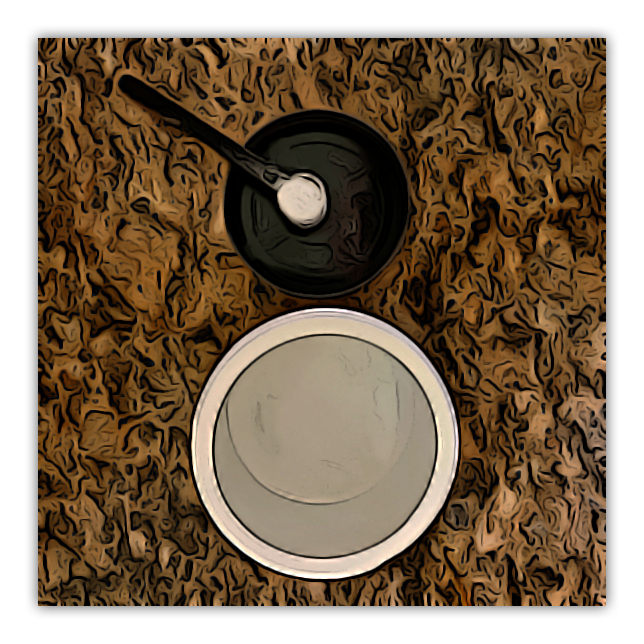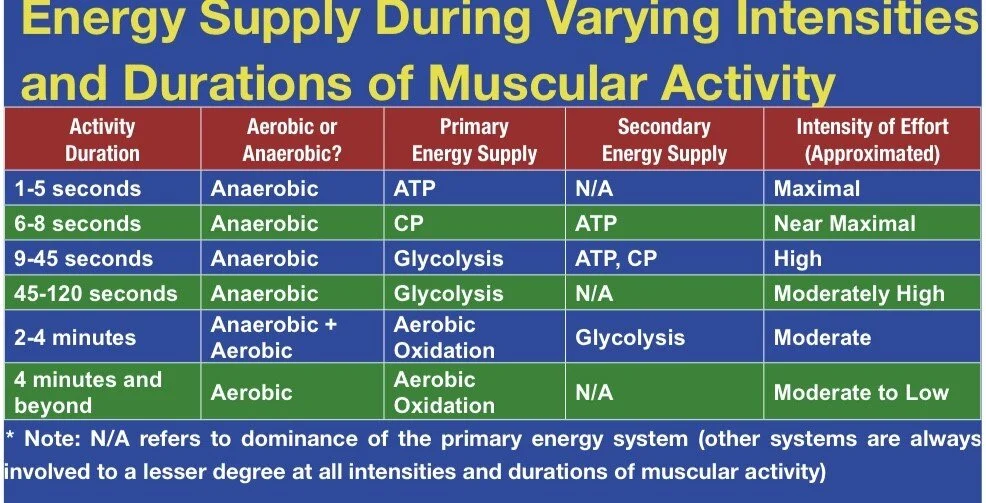How Creatine Monohydrate Can Help You Build Muscle
Some of you are familiar with creatine, some of you less so, some of you may have misconceptions, some may believe creatine is bad for you, but the truth is creatine is a staple for anyone wanting to increase their work output in a given resistance training or high intensity cardio session. It’s one of the most studied supplements on the market, and what may shock you is supplemented or not creatine is part of your everyday life.
How Creatine Monohydrate Can Help You Build Muscle
What Is Creatine
Creatine phosphate is a naturally occurring energy system within the body. It’s created from amino acids and ultimately helps regenerate adenosine triphosphate (ATP) by functionally translating ADP (adenosine diphosphate) back into ATP.
Our cells need to turnover ATP for survival and at times creatine phosphate is the dominant methodology for reestablishing ATP. This even applies to brain efficacy.
Creatine is like a locker full of energy-inducing phosphates ready to continue muscular operation. The amount of creatine phosphate stored is proportional to muscle size, yet our stores aren’t naturally topped off so supplementation comes into play. Also why creatine dosage is not one size fits all.
What Creatine Is For
Creatine isn’t remotely a steroid, it’s a vehicle for energy so put those thoughts to bed.
ATP is chemical energy your body can, will, and must use for not only muscle contraction, but continued life. Creatine doesn’t directly supply energy, that’s ATP. Creatine expedites the recreation:
“The immediate source of energy for muscular contractions is adenosine triphosphate (ATP). Without sufficient amounts of ATP most cells die quickly. ATP is formed when adenosine diphosphate (ADP) and an inorganic phosphate are combined.” [3]
ADP is ATP minus a phosphate. When energy is needed ATP is hydrolyzed. H2O splits ATP into ADP and an inorganic phosphate.
At rest, ATP in its pure form is already stored in your muscles. The problem is it’s only good for up to 5 seconds.
So you start lifting.. A few seconds in and those ATP stores are kaput. You’ve used up all your readily available ATP.
After utilizing ATP what’s left is ADP, it has 2 phosphates, but you need 3 to keep putting that work in.
Again, cells would die without ATP so various methods of replenishment exist in a combination of: creatine phosphate, glycolysis (catabolizing of glucose or glycogen), and oxidation (aerobic, meaning requires oxygen).
Weight training & high intensity interval training are highly anaerobic (not requiring oxygen), so they rely on creatine phosphate and glycolysis to get the deeds done.
When creatine is your dominant energy system, ADP is reused as creatine tacks on an additional phosphate and boom, now there’s three phosphates again. The saga continues.
If you can more readily garnish ATP you’ll be able to increase your workload for these high demanding festivities. Since ATP is stored in the muscles, but runs out rather quickly, you have to constantly replenish to maintain intensity.
Creatine phosphate is the primary or secondary energy system for activity lasting 6-45 seconds. That’s the duration of most resistance training sets.
Note: duration of a particular exercise or given set determines what energy pathway is dominant. We use a degree of all systems at all times. They pass off the baton as needed.
Another note: energy systems replenish at various speeds, as well. Implement rest periods between sets to match your goals.
Creatine Monohydrate Benefits
Once creatine phosphate stores deplete you need a rest period for them to fully recover. The more you have stored the longer you can put off needing recovery.
Supplementation will increase your potential. Converting ATP at a faster rate means more work and more muscle building opportunities. You already store creatine, but you can add up to 20% to those stores meaning up to 20% more work can get done before you need to recharge those stores.
To continue, more work means more calories burned, but even with more muscle building opportunities that means a higher metabolic rate and more fat loss.
What I’ve yet to mention is creatine aids in muscular hydration by pulling water into your muscles. A hydrated muscle is a fuller muscle and a ready to work muscle.
The greater the load you can handle the greater damage your muscles can withstand and grow from, it isn’t limited there:
More strength and power
More energy
More calorie burning
More hypertrophy
Less catabolism
Muscle hydration
May even have cognitive benefits
Note: Despite creatine’s recent exploded popularity on social media.. it does NOT alone increase muscle. It is mainly a source to help you increase your workload, which can lead to better gains with proper nutrition and recovery of course.
Creatine Monohydrate Side Effects
Creatine’s side effects are few and mild. Dehydration is to be expected if your water intake doesn’t rise after supplementing with creatine. With its tendency to pull water in and hydrate skeletal muscle your H2O needs will see an increase.
Also you may experience a bit of bloating the first few days of usage. Maybe some water weight too, yet with continued use and consistent hydration these symptoms shall subside.
How To Supplement With Creatine
Creatine is found in some dishes, mostly fish and meat, although not enough to fully optimize benefits. Say hello to supplementation.
There are a few types of creatine, still creatine monohydrate has the widest array of studies, is the best, and even the cheapest.
Most literature recommends you load up on creatine for 5-7 days with about 20 grams per day. Afterward you ingest 3-10 grams daily in perpetuity.
Note: Some time ago I came across what I deemed convincing research, stating to get the most out of creatine you need about 0.15 g per pound of lean mass.
Lean mass is how much you weigh minus pounds of body fat. So if your lean mass is 150 pounds you’d get in about 23 grams of creatine per day.
I mention this, because I recall it being a compelling case.. just haven’t been able to relocate it for the life of me 😅. Could be a sign that it was bogus, being that almost every other reputable publication and/or study states 3-10 grams daily. Had to put that out there though.
NOTE OVER
Creatine can be used at any time, but may be most effective post workout and with carbs.
It is stored by muscles so it’ll be ready when you’re ready. I recommend spreading your doses around in 5 gram servings, though you can take it in one shot if you dare.
I repeat: when using creatine ensure you hydrate. This nugget is often overlooked, then dehydration becomes a factor.
Another note: try to avoid taking your creatine doses alongside caffeine. It seems to step in the way of intercellular absorption.
So, It’s About That Time
Creatine is a naturally occurring amino acid that helps you turnover ATP for near maximal activity. Supplementing will help boost your resistance training and high intensity cardio productivity. It has little to no side effects. As long as you’re on the clear stuff you’ll be good to go. Put yourself in position to put those muscles to use, and Be Great.
Sources:
[1] examine.com/supplements/creatine/
[3] Nesta: Personal Fitness Training Manual
[5] Sciencedirect.Com/Topics/Neuroscience/Creatine-phosphate




